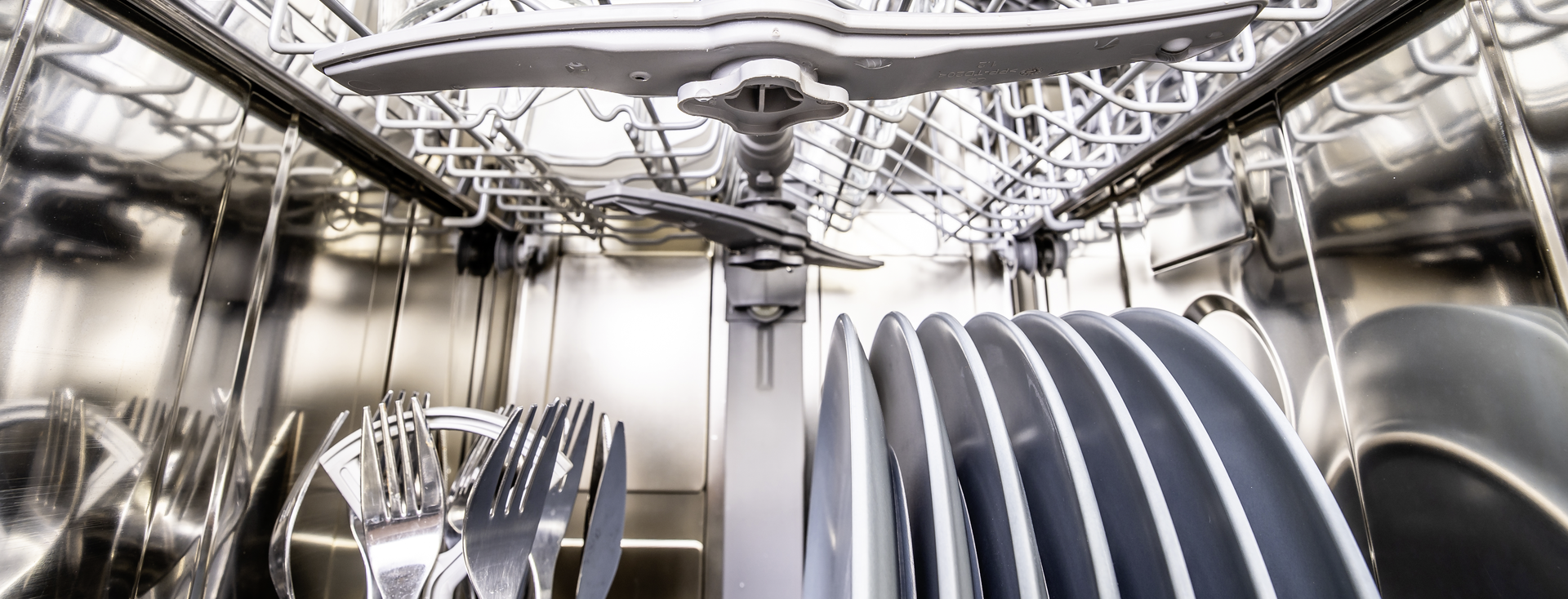
Foam inhibition
Measurements for avoiding and inhibiting foam formation
Natural or added surfactants, e.g. wetting agents, have a side effect that is very unwelcome in many industrial sectors: the generation of foam. Low-foaming surfactants combined with foam inhibiting- or defoaming agents are used to reduce foam formation and solve related product quality issues.
Industrial waste waters must leave the plant free from surfactants so that no foam forms on natural waters. In all these cases, foam analysis of liquids provides valuable information that helps avoid foam.
Frequent Foaming issues to be solved
- Foam formation in industrial waste waters
- Foam bubbles in inks, paints, and lacquers
- Reduced heat transfer capacity of cooling lubricants and other liquids due to foam
- Foam in industrial cleaning and washing, e.g. dishwashers
- Increased volume and decreased speed when pumping or mixing liquids
- Poor surface quality in paper production
Measuring foamability and foam stability
To study the foaming tendency of liquids and the efficiency of defoaming agents, time-dependent foam height analysis provides the relevant results. Helpful solutions in this area use reproducible foaming-up methods and measure the resulting amount of foam and the decay speed.
Even very unstable foam can become a problem in flowing water and turbulent processes if the foam forms faster than it breaks down. To get an accurate picture of such processes, cyclic measurements with alternating foaming phase and decay analysis can be performed, where the decay is covered with a very high data rate.




